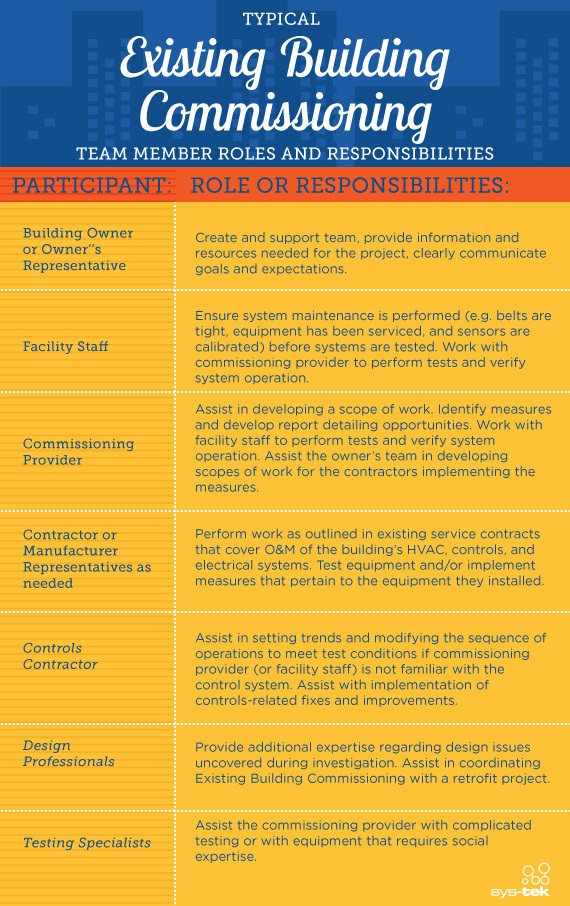Grounding Electrodes – Installation Requirements
Apr 21, 2009
Last time we discussed grounding electrodes, what they are and what they do. This month, we will discuss the NEC requirements for installing grounding electrodes.
Grounding Electrodes – Installation Requirements
NFPA 70, National Electrical Code, has specific material and installation requirements for grounding electrodes:
Metal Underground Water Pipe
A metal underground water pipe that is used as a grounding electrode must be in direct contact with the earth for 10 or more feet (3 m), including any metal well casing bonded to the pipe, and the connection must be made within the first 5 feet (1.5 m) from the point where the pipe enters the building.
Metal water pipe must be electrically continuous or made electrically continuous by bonding around insulating joints and insulating sections of pipe, water meters, filtering devices, and similar equipment, to the grounding electrode conductor connection. Those bonding jumpers must be long enough to allow the removal of such equipment without interrupting the grounding path.
A metal underground water pipe cannot be used as the sole grounding electrode, and must be supplemented by another type of grounding electrode. When supplemented by a rod, pipe, or plate electrode, the measured ground resistance must be 25 ohms or less or a second rod, pipe, or plate electrode is required, although no additional ground resistance testing is required by the NEC.
Metal Frame of the Building or Structure
Metal framing members that are connected to earth can be used as a grounding electrode when: (a) ten or more feet (3 m) of a single structural metal member, such as driven steel piers or piles, is in direct contact with the earth or is encased in concrete which is in direct contact with the earth, such as steel reinforcing bars, (b) the structural metal frame is connected to the reinforcing bars of a concrete-encased electrode or ground ring, (c) the structural metal frame is bonded to one or more grounding rods, pipes, or plates with a measured resistance to ground of 25 ohms or less, or (d) the structural steel has another approved connection to earth.
Concrete-Encased Electrode
A concrete-encased electrode is comprised of at least 20 feet (6 m) of one or more bare or zinc galvanized or other electrically conductive coated steel reinforcing bars or rods that are not less than ½ inch (1.27 cm) in diameter, or comprised of at least 20 feet (6 m) of bare copper conductor not smaller than 4 AWG copper.
The steel re-enforcing bars or bare copper conductors must be encased by at least 2” (5 cm) of concrete that is located either horizontally near the bottom of a concrete foundation or footing, vertically within the bottom portion of a concrete foundation, or in direct contact with the earth.
Ground Ring
A ground ring is a continuous conductor in direct contact with the earth that completely encircles a building or structure. A ground ring is required to be a bare copper conductor 2 AWG or larger, at least 20 feet (6 m) in length, and buried to a depth of 30 inches (76 cm) or more below finished grade.
Rod and Pipe Electrodes
Rod and pipe electrodes are permitted to be: (a) rods of stainless steel and copper or zinc coated steel that are a minimum of 5/8 inch (1.6 cm) in diameter, unless Listed and not less than ½ inch (1.27 cm) in diameter, or (b) pipe or conduit metric designator 21 (trade size 3/4) or larger which has the outer surface galvanized or otherwise metal-coated for corrosion protection. Rod and pipe electrodes are not permitted to be constructed from aluminum.
Rod and pipe electrodes should be installed flush with or below finished grade and must be installed with at least 8 feet (2.4 m) of length in direct contact with the soil. Any exposed portion of a rod or pipe electrode and any connections above grade must be physically protected. When a vertical depth of 8 feet (2.4 m) is not possible, rod and pipe electrodes are permitted to be driven at an angle of 45 degrees or less from vertical, or buried in a horizontal trench 30 inches (76 cm) or more below grade.
Rod and pipe electrodes are required to be at least 8 feet (2.4 m) in length and should be free from non-conductive coatings. Rod and pipe electrodes must be installed below the permanent moisture level, or water table, 30 inches (76 cm) or more below finished grade when installed in a horizontal trench. Rod and pipe electrodes must be spaced at least 6 feet (1.8 m) apart.
A single rod or pipe electrode with a measured ground resistance of more than 25 ohms must be supplemented by one additional grounding electrode, although no additional ground resistance testing is required by the NEC.
Other Listed Electrodes
Other listed electrodes include ground wells or chemically enhanced ground rods that leach a brine or salt solution to the earth that draws moisture to reduce impedance to the earth. These electrodes must be installed in accordance with the manufacturer’s instructions and listing instructions.
Plate Electrodes
Buried plate electrodes are required to have a surface area of not less than 2 square feet (0.6 square meters). Iron or steel plates must be at least ¼ inch (0.6 cm) thick. Electrodes of nonferrous metals must be at least 1/16 inch (0.15 cm) thick. Plate electrodes are not permitted to be constructed from aluminum.
Plate electrodes must not have non-conductive coatings, and must be installed below the permanent moisture level at least 30 inches (76 cm) below finished grade. Plate electrodes must be spaced at least 6 feet (1.8 m) apart and at least 6 feet (1.8 m) away from rod and pipe electrodes. A single plate electrode with a measured ground resistance of more than 25 must be supplemented by one additional grounding electrode, although no additional ground resistance testing is required by the NEC.
Other Local Metal Underground Systems of Structures
Other local metal underground systems or structures, such as piping systems, underground tanks, and underground metal well casings that are not bonded to a metal water pipe, may be used as grounding electrodes. Similar to underground metal water piping, these underground metal systems or structures should be in direct contact with the earth for 10 or more feet (3 m) and should be supplemented by another type of grounding electrode.
Next Month – Connecting the Grounding Electrode System
Next month, we will examine the NEC requirements for connecting individual grounding electrodes to form the grounding electrode system.
-Greg Massey







